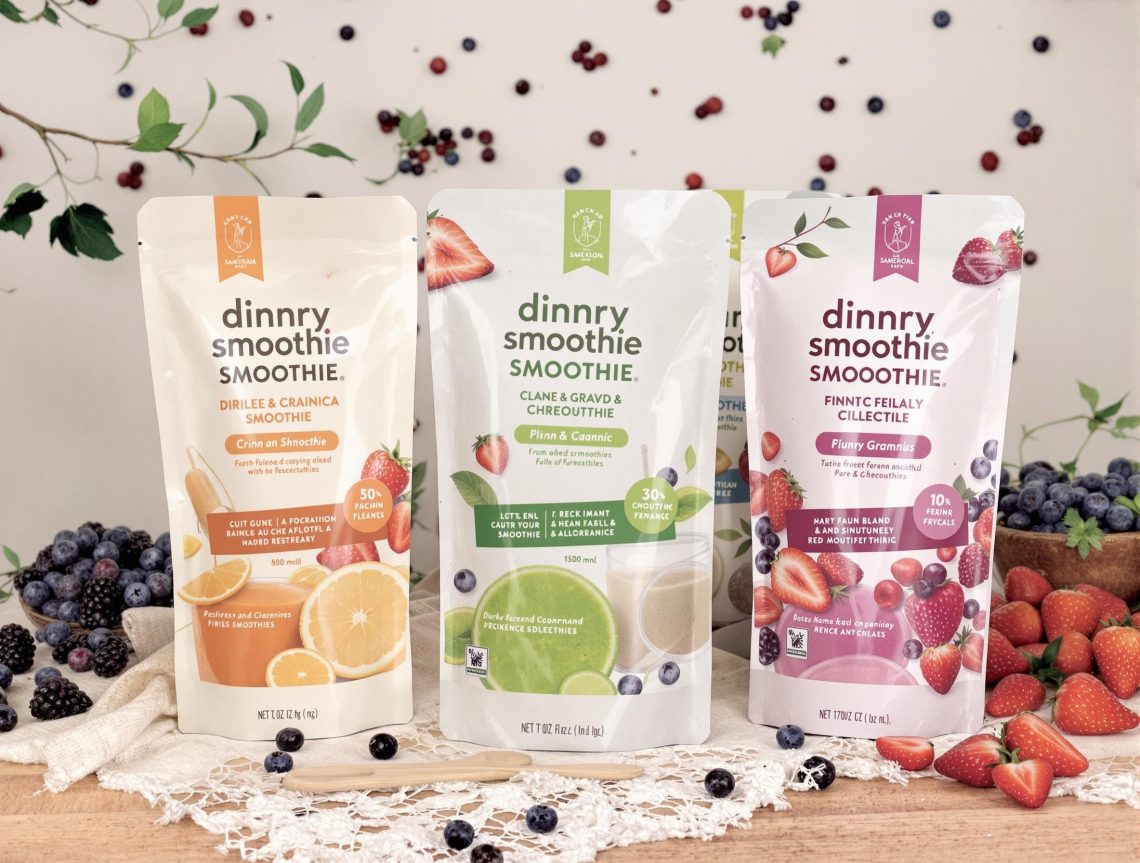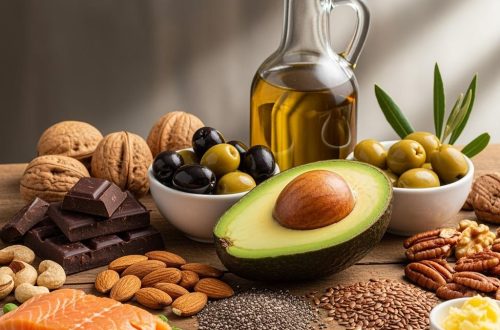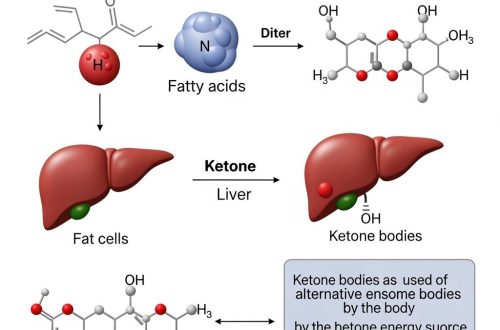So you’ve been following your keto diet religiously for weeks. You’ve said goodbye to bread, pasta, and sugar. You’re tracking macros, drinking water like it’s your job, and even invested in those fancy keto strips. But the scale isn’t budging, and your ketone levels seem stuck in neutral.
Sound familiar? I’ve been there too.
After three months of strict keto and hitting a frustrating plateau, I finally realized my problem wasn’t lack of willpower – it was hidden carbs sabotaging my efforts. These sneaky carbohydrates were keeping me just above that critical threshold needed to maintain ketosis.
The Invisible Carb Problem
When we start keto, we learn to avoid obvious carb sources. No more donuts, potatoes, or rice – got it. But carbs are masters of disguise, hiding in foods and products we’d never suspect.
The truth is, food manufacturers aren’t designing products with your ketosis in mind. They’re adding sugars and starches to improve taste, texture, and shelf life. Even “health foods” can be carb bombs in disguise.
Let’s unmask these keto saboteurs once and for all.
Condiments and Sauces: The Silent Carb Carriers
That squirt of ketchup? It contains about 5g of carbs per tablespoon, mostly from added sugars. BBQ sauce is even worse, with some brands packing 8-12g per serving. When you’re aiming for 20-30g total daily carbs, that’s a significant chunk of your allowance.
Even seemingly innocent condiments like salad dressings often contain added sugars, modified food starch, or high-fructose corn syrup. Ranch dressing from a bottle might have 2-3g of carbs per serving – which doesn’t sound like much until you realize nobody uses just one serving.
What saved me: Reading labels obsessively and switching to full-fat, sugar-free alternatives. I started making my own dressings with olive oil, vinegar, and herbs. For store-bought options, I look for products specifically labeled “keto-friendly” or check that sugars are minimal or zero on the nutrition facts.
“Healthy” Processed Foods With Hidden Sugars
The health food aisle isn’t as innocent as it seems. Many products marketed as healthy alternatives are loaded with different forms of sugar:
- Protein bars: Some contain more sugar than a candy bar
- Flavored yogurts: Even Greek varieties can have 15-20g of carbs per container
- Gluten-free products: Often compensate for missing gluten with extra starches and sugars
- Packaged smoothies: Might as well be drinking liquid sugar in many cases
One personal example: I was religiously drinking a “green juice” that claimed to be “no sugar added” without realizing it contained 24g of carbs per bottle from fruit juices. No wonder my ketosis was stalling!
Medications and Supplements: The Unexpected Culprits
Here’s something most keto blogs don’t tell you: many medications and supplements contain carbs as fillers or binders. Common offenders include:
- Liquid cold and flu medications (often sweetened with sugar or corn syrup)
- Chewable tablets (need something to make them palatable)
- Gummy vitamins (essentially candy with nutrients added)
- Cough drops and lozenges (mostly sugar)
Even prescription medications might contain lactose, starches, or other carbohydrate-based fillers. While the amounts are typically small, they can add up, especially if you’re taking multiple medications daily.
My revelation came when I realized my daily cough drops during allergy season were essentially candy – about 3-4g of carbs each, and I was having 6-8 per day. That’s potentially 32g of carbs just from cough drops!
“Low-Carb” and “Keto-Friendly” Products
The explosion of keto’s popularity has led to countless products claiming to be “keto-friendly.” But buyer beware – many of these are wolves in sheep’s clothing.
I’ve found three main issues with these products:
- Sugar alcohols and fiber subtraction tricks: Some products subtract all sugar alcohols and fiber from their carb count to claim “net carbs.” But not all sugar alcohols affect blood sugar equally, and some definitely impact ketosis.
- Maltitol madness: This particular sugar alcohol is especially problematic. It has a relatively high glycemic index and can definitely impact blood sugar. Yet many “sugar-free” candies and chocolates are loaded with it.
- Serving size manipulation: That “2g net carb” claim looks great until you realize the serving size is minuscule compared to what anyone would actually eat.
My personal downfall was “keto bread” that claimed 0g net carbs per slice. After stalling for weeks, I cut it out completely and immediately saw my ketone levels increase. Despite the label claims, something in that bread was affecting my metabolism.
Sneaky Carbs in Restaurant Meals
Eating out while maintaining ketosis is tricky. Even when you order carefully, hidden carbs lurk everywhere:
- Restaurant steaks are often dusted with flour before cooking
- Pre-made burger patties might contain breadcrumbs or fillers
- Grilled chicken is frequently marinated in sugar-containing sauces
- Many restaurants add sugar to their scrambled eggs (yes, really!)
- Bacon can be cured with sugar
The biggest offender I discovered was restaurant salads. Despite ordering without croutons and with dressing on the side, my supposedly keto-friendly salads were stalling my progress. The culprit? Pre-packaged salad mixes often contain carrots, dried fruits, and sweet dressings pre-mixed with the greens.
Everyday Non-Food Items
Some carb sources aren’t even food. Consider:
- Toothpaste and mouthwash (often sweetened)
- Lip balms (some contain sugar)
- Medications (as mentioned above)
- Chewing gum (even sugar-free varieties contain carbs)
I realized I was absentmindedly chewing sugar-free gum throughout the day, not accounting for the 1-2g of carbs per piece. With 5-6 pieces daily, that’s potentially 12g of untracked carbs!
How to Avoid Hidden Carb Pitfalls
After months of frustration and experimentation, here’s my battle-tested approach to avoiding hidden carbs:
- Read every label, every time: Manufacturers change formulations frequently. What was low-carb last month might not be today.
- Cook from scratch whenever possible: When you prepare meals from whole, unprocessed ingredients, you control what goes in them.
- Be skeptical of “keto-friendly” claims: Do your research before trusting marketing claims.
- Track everything: Use a reliable tracking app and don’t guess at portions or ingredients.
- Test your personal response: Everyone’s body reacts differently to various ingredients. What stalls one person might be fine for another.
- When in doubt, go without: If you’re unsure about a product’s true carb content, it’s safer to avoid it until you can verify.
The Bottom Line
Maintaining ketosis requires vigilance against these hidden carb sources. But don’t let this turn into an obsession that makes keto unsustainable. The goal is healthy, consistent progress, not perfection.
After identifying and eliminating my personal hidden carb culprits, I broke through my plateau and continued making progress. More importantly, I gained a deeper understanding of how my body responds to different foods.
Remember, keto is a metabolic state, not just a diet. Those hidden carbs aren’t just adding calories – they’re potentially knocking you out of the fat-burning zone that makes keto effective in the first place.





